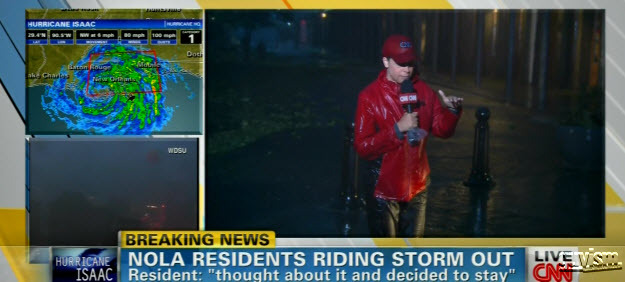Key Terms
AUTOMATION– MODIFICATION/CREATION OF A MEDIA OBJECT USING TEMPLATES OR SIMPLE ALGORITHMS.
VARIABILITY– A NEW MEDIA OBJECT THAT CAN EXIST IN DIFFERENT AND INFINITE VERSIONS.
TRANSCODING-COMPUTERIZATION TURNING MEDIA INTO COMPUTER DATA.
NUMERICAL REPRESENTATION– ALL NEW MEDIA IS COMPOSED OF DIGITAL CODE, DESCRIBED MATHEMATICALLY, AND SUBJECT TO ALGORITHMIC MANIPULATION (“IN SHORT MEDIA BECOMES PROGRAMMABLE”)
DIGITIZATION -CONVERTING CONTINUOUS DATA INTO A NUMERICAL REPRESENTATION
MODULARITY– “FRACTAL STRUCTURE OF NEW MEDIA”, MEDIA ELEMENTS REPRESENTED AS COLLECTIONS OF DISCRETE SAMPLES THAT MAINTAIN THEIR SEPERATE IDENTITIES.
BRIEF SUMMARY
Manovich attempts to define what news media is. Internet, Websites, computer multimedia, computer games, CD-ROM’s and DVD, virtual reality, are all new media according to Manovich. According to Manovich, new media is identified with the “use of a computer for distribution and exhibition rather than production.”
Manovich believed that we are in the middle of a new media revolution with are culture shifting to computer-mediated forms of production, distribution, and communication. Unlike its predecessors, the new media revolution effects all stages of communication ( acquisition,manipulation, storage, and distribution) and types of media ( texts, still images, moving images, sound, and spatial constructions). Manovich reviews the historical trajectories of computing and media technologies, both of which new media

- According to Manovich,New media is a “translation of all existing(old) media into numerical data accessible through computers.”
represents.” The synthesis of these two histories? The translation of all existing media into numerical data accessible through computers.” There are 5 principles of new media; Numerical Representation, Modularity, Automation, Variability, and cultural transcoding. In going into the history of how media became new, Manovich determined that the key year for the history of media and computing was in 1936, when important parts of the prehistory for cinema and computer were developed. While discussing the principles of new media he discusses the differences between old and new media. “The worldwide web as a whole is also completely modular.”
OLD/NEW MEDIA
In previous attempts to define what new media I attempted to identify the differences between old and new media. After reading Manovich I have discovered that was the wrong approach. This is because old media is a part of new media so attempting to just talk about the differences was the incorrect way to define new media. I think Manovich’s following quote does great job of giving one definition of new media.”On one level new media is old media that has been digitized,new media is simply a particular type of computer data, something stored in files and databases, retrieved and sorted run through algorithms and written to the output device.”
Lev Manovich, The Language of New Media. Cambridge, MA: The MIT Press, @2001.




